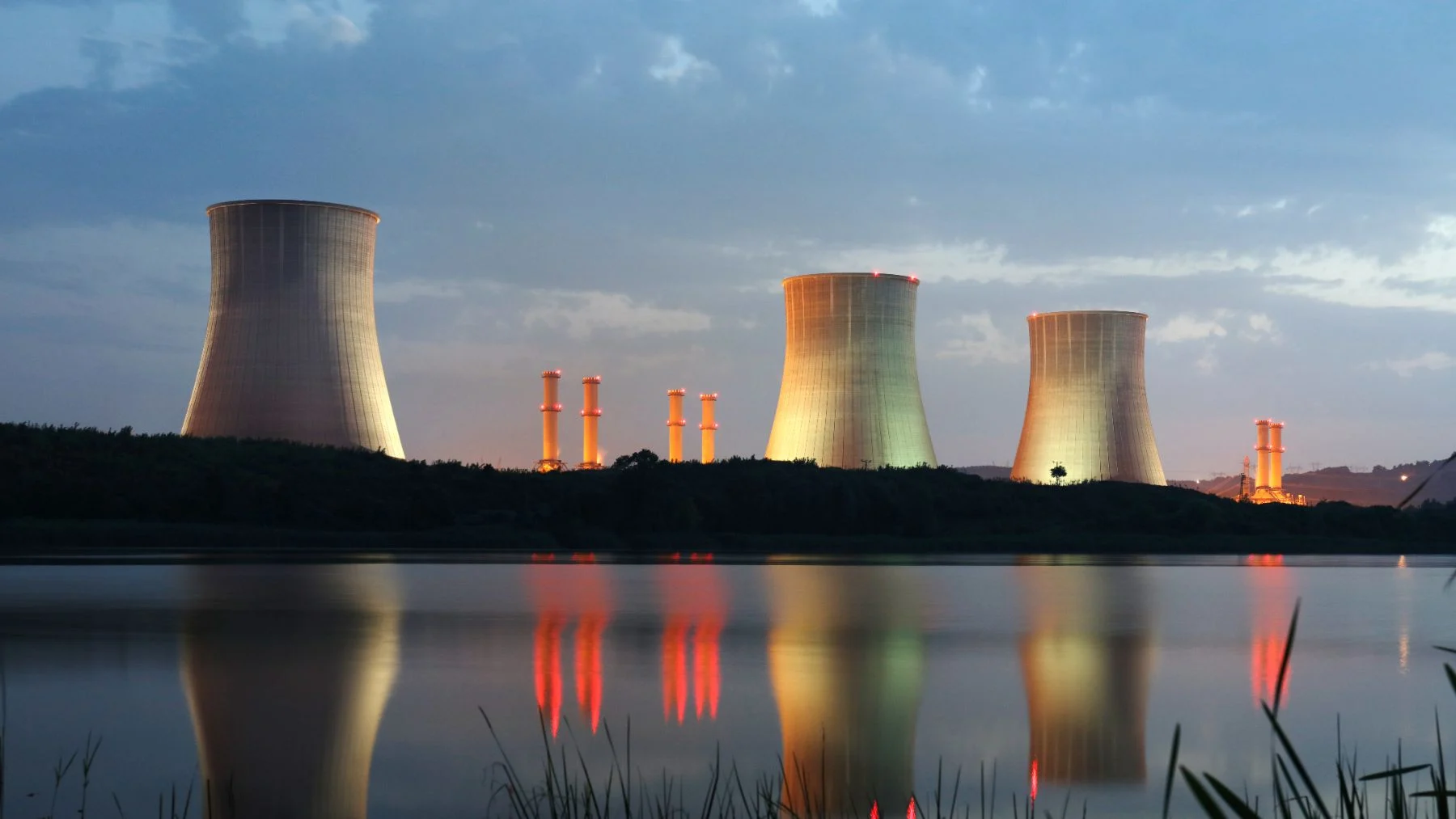A team of scientists in **South Korea** has developed an innovative material capable of **removing over 90% of radioactive iodine** present in nuclear waste. This substance represents **one of the greatest challenges for environmental management**, given its high risk and persistence in nature. The breakthrough was achieved through the **application of artificial intelligence**, which allowed for efficient optimization of its design with fewer experimental trials.
The new material is **a multi-metallic layered double hydroxide (LDH)** that combines **copper, chromium, iron, and aluminum**. This mixture was identified with the help of machine learning algorithms that predicted its effectiveness with great precision. The result is a sorbent that outperforms other conventional materials, offering **a more environmentally friendly and effective alternative**.
**Radioactive iodine**, particularly the isotope I-129, can remain active in the environment for millions of years. Its **high mobility and resistance** to current technologies make it a persistent threat, both to the ecosystem and human health.
Faced with the limited effectiveness of traditional materials, this solution represents a significant step in the **decontamination of nuclear waste**, with broad prospects for use in treating wastewater and contaminated soils.

## How Artificial Intelligence Changed the Nuclear Waste Process
The development of this material was made possible thanks to the **use of machine learning**, which allowed for predicting the most promising compositions from an initial database. The model **used less than 20% of the trials needed in a conventional process**, saving time and resources without compromising accuracy.
With tools like SHAP, factors that improve iodine adsorption capacity were identified. For example, the similarity in the ionic size of metals contributes to greater compound stability, while **a greater difference in electronegativity enhances its capacity** to capture contaminants.
This methodology represents **a new way of thinking about the design of decontaminating materials**: from simulation and computational analysis, without the need for countless laboratory tests. Thus, progress is being made towards faster, more sustainable, and customizable solutions.
## Future Applications and Environmental Benefits
The developed material could **be integrated into filtration systems in nuclear plants** or portable technologies to treat contaminated water sources. It can also be adapted to capture other difficult-to-remove contaminants.
Being **a compound with low environmental impact, its production and use** help advance towards a safer management of radioactive waste. This is essential to **reduce long-term exposure risks** and prevent the accumulation of toxic waste in the environment.
In addition to having applied for national and international patents, **the South Korean team is collaborating with industries to scale up production**. Their goal is to implement this technology in the real world and provide concrete solutions to one of the most critical environmental challenges of the 21st century.

## Environmental Implications of Radioactive Iodine
**Radioactive iodine**, especially the isotope I-129, **poses a serious environmental threat** due to its extraordinary half-life, exceeding 15 million years. This element **can remain active in aquatic and terrestrial ecosystems for millennia**, accumulating in organisms and spreading through food chains.
Its high solubility in water facilitates its dispersion, contaminating water sources and soils. Even in small concentrations, **it can enter the human or animal body, affecting the thyroid gland and increasing the risk of diseases**. This mobility makes radioactive iodine a persistent and difficult-to-control contaminant.
Moreover, **its elimination is particularly complex**, as traditional filtration or absorption methods are not effective with iodate, its most common form in aquatic environments. Therefore, the development of **new materials capable of effectively trapping it** is key to reducing its long-term impact on environmental and human health.
